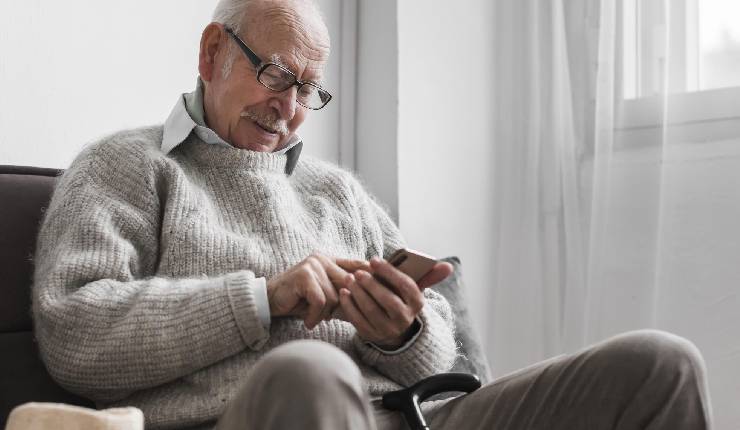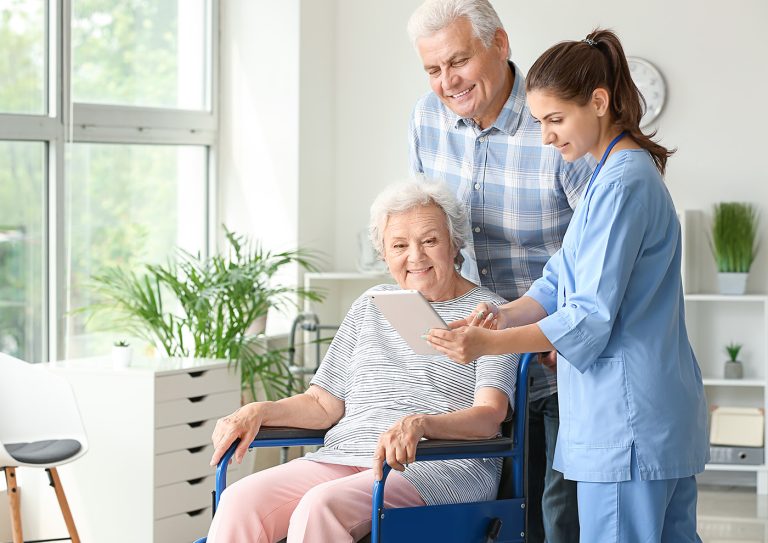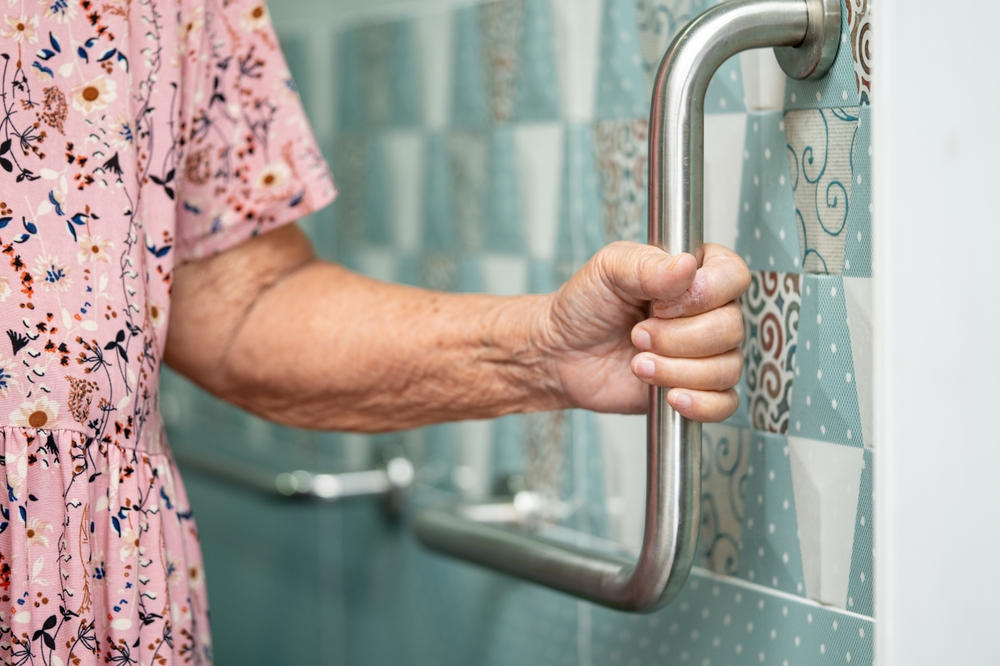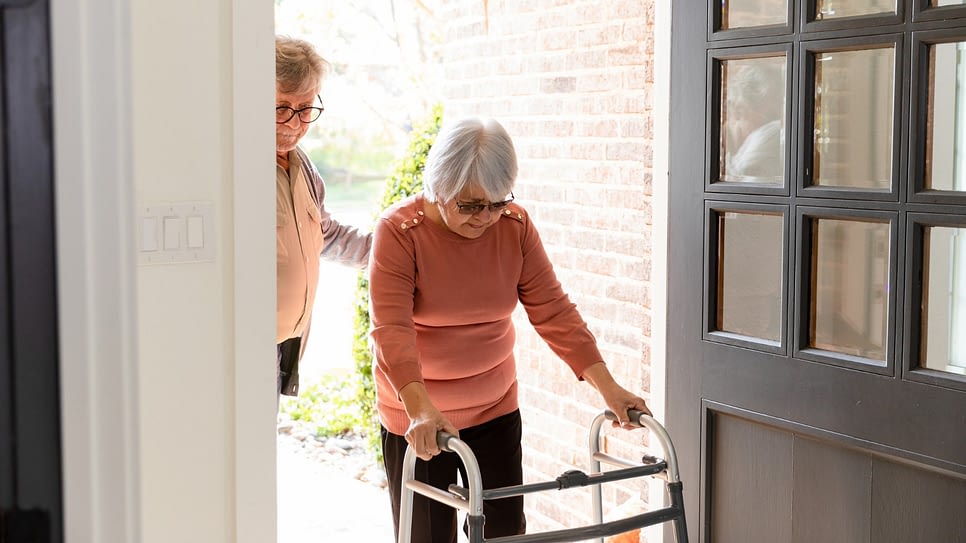In today’s rapidly aging society, the issue of fall detection and stigma among seniors has emerged as a critical topic of discussion. With an increasing number of elderly individuals opting for independent living, ensuring their safety while maintaining their dignity is more important than ever. Unfortunately, the stigma associated with falls can often prevent seniors from seeking the help they need. This article delves into the intricacies of this issue, providing insights into how we can better support our senior population.
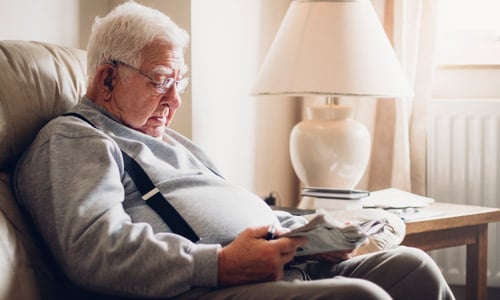
The Significance of Fall Detection
Falls are a leading cause of injury among seniors, with potentially devastating consequences. In fact, falls can result in serious injuries, loss of independence, and even death. Therefore, effective fall detection systems are essential in mitigating these risks. These systems can range from wearable devices to advanced home monitoring technologies. The goal is to provide timely assistance, ensuring that help arrives as soon as possible following a fall.
Understanding the Stigma
Despite the availability of fall detection systems, many seniors hesitate to embrace these technologies due to the associated stigma. They may perceive the use of such devices as an admission of frailty or vulnerability. This stigma can cause seniors to avoid discussing their fall risks or seeking preventive measures, ultimately putting them at greater risk.
Breaking Down the Stigma
Addressing the stigma surrounding falls in seniors requires a multifaceted approach. One key strategy is education. By educating seniors and their families about the benefits of fall detection technologies, we can help them understand that these tools are not signs of weakness but rather measures of empowerment. Additionally, encouraging open conversations about fall risks and prevention can help normalize the use of these technologies.
Technologies in Fall Detection
The advancement of technology has brought about innovative solutions for fall detection. From wearable devices to smart home systems, there are numerous options available. These technologies not only ensure safety but also provide peace of mind for both seniors and their families. For instance, privacy-friendly solutions have made it possible to monitor the elderly without infringing on their personal space.
Wearable Devices
Wearable devices, such as smartwatches and pendants, are popular choices for fall detection. These devices are equipped with sensors that can detect sudden movements or impacts, automatically alerting caregivers or emergency services. The convenience and discreetness of these devices make them appealing to many seniors.
Smart Home Systems
Another promising avenue is the use of IoT sensors in homes. These systems can monitor movement patterns and detect abnormalities, ensuring timely intervention in case of a fall.
The Role of Family and Caregivers
Family members and caregivers play a crucial role in addressing the stigma associated with falls. By providing support and encouragement, they can help seniors feel more comfortable with the idea of using fall detection technologies. It’s important for families to approach the topic with empathy and understanding, emphasizing the importance of safety and independence.
Promoting Independence While Ensuring Safety
One of the primary concerns for seniors is maintaining their independence. The fear of losing autonomy can be a significant barrier to accepting fall detection systems. However, by framing these technologies as tools for enhancing independence, rather than diminishing it, we can help seniors understand their true value.
Educating Seniors
Educational programs aimed at seniors can demystify fall detection technologies. These programs can demonstrate how these devices work and highlight their benefits, fostering a positive perception of their use.
Community Support
Community support groups can also play a vital role in reducing stigma. By sharing experiences and encouraging peer support, these groups can build a sense of community among seniors, making them more open to adopting fall detection technologies.
Conclusion
Addressing the challenges of fall detection and stigma among seniors is crucial in ensuring the safety and well-being of our aging population. By promoting understanding, education, and supportive technologies, we can help seniors live independently and with dignity. It’s imperative that we continue to innovate and advocate for solutions that prioritize the needs of our senior citizens.
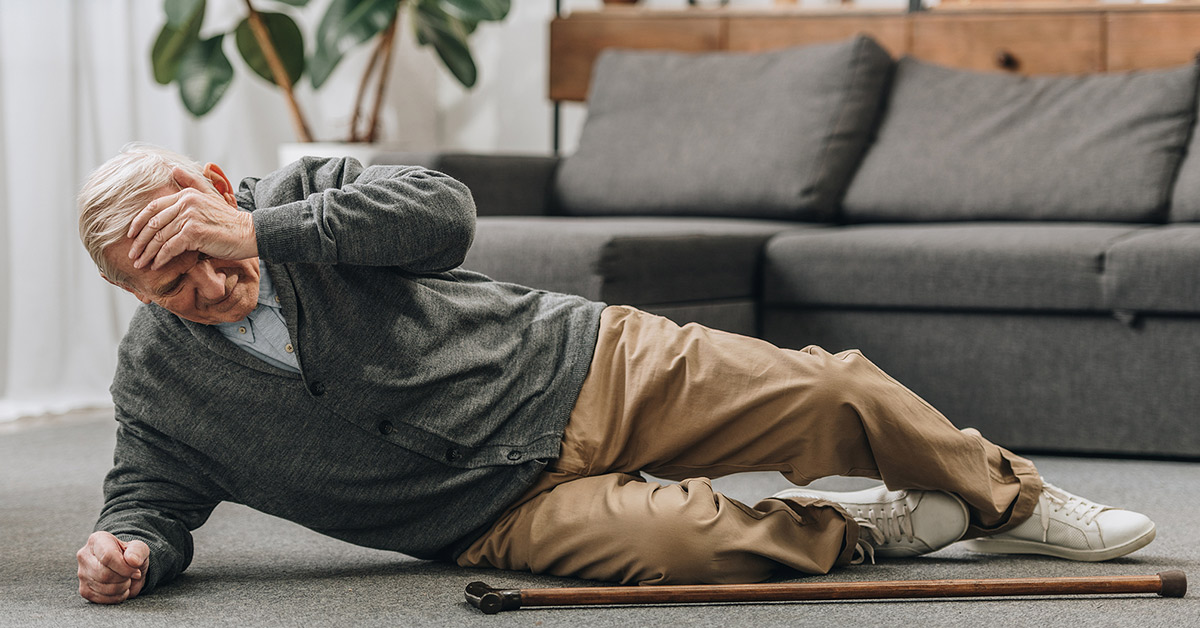
FAQs
What are the benefits of fall detection systems?
Fall detection systems can provide timely assistance, preventing serious injuries and ensuring peace of mind for seniors and their families.
How can we reduce the stigma associated with falls?
Education, open conversations, and community support can help reduce the stigma, encouraging seniors to embrace fall detection technologies.
Are there privacy concerns with fall detection technologies?
Many modern technologies offer privacy-friendly solutions that ensure safety without compromising personal space.
For more information on falls and their prevention, you can visit Physio-Pedia.
This article contains affiliate links. We may earn a commission at no extra cost to you.

